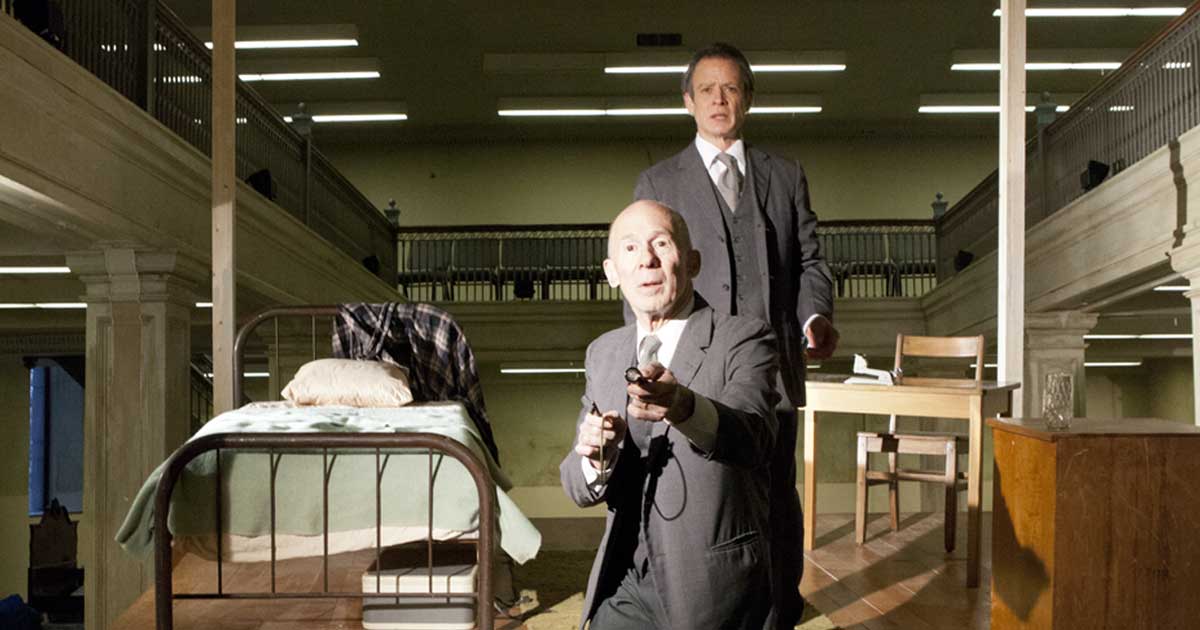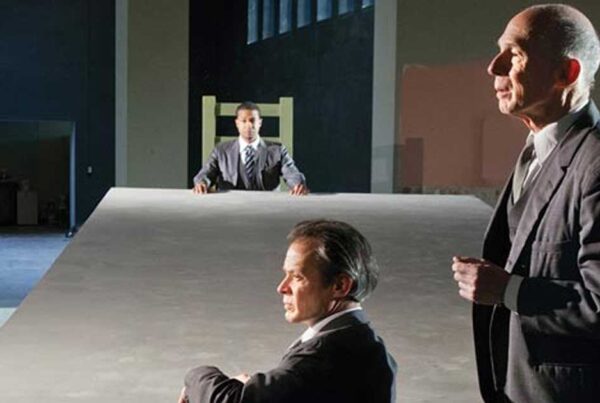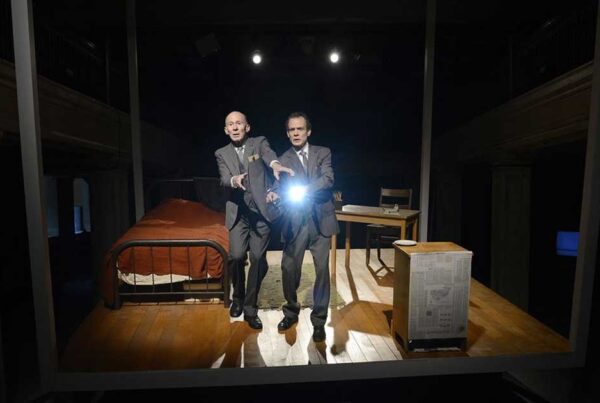
The Pittsburgh Tatler – José Saramago’s All the Names is a mysterious and haunting novel. The story revolves around Senhor José, a timid, middle-aged, low-level civil servant in the densely bureaucratic “Central Registry” of an unidentified city. Senhor José’s life is transformed when, having taken the uncharacteristically bold step of borrowing some of the registry cards to use for his after hours hobby creating scrapbooks of the lives of celebrities, he chances upon the card of an unknown woman and – for reasons he cannot explain, even to himself – becomes obsessed with tracking her down and finding out as much information as he can about her. His quest is a quiet one, but saturated with anxiety and suspense, as he surprises himself with the extraordinary measures he is willing to take in pursuit of his goal. In its attention to the mundane details of the lives of unimportant people, the novel has echoes of Georges Perec (whose Life: A User’s Manual was a world-altering book for me some twenty-five years ago); in its tragicomical-ironic take on the ways bureaucracy and regulations order and shape how we perceive and experience life, the novel invites comparisons with Kafka. But Saramago’s writing is not readily captured by such comparisons. His lyrical writing –translated into English with a touch of genious by Margaret Jull Costa – has a quiet tension that irresistibly pulls you into Senhor José’s mindscape as he grapples with his own self-doubts and self-recriminations about venturing beyond the tight circumscriptions of his tiny life.
The novel has very little dialogue, and much of the dialogue that does occur is in Senhor José’s head, as he speaks to himself (or, in a section in which he seems to be hallucinating with fever, to an apparition in his ceiling). The challenge facing Quantum Theatre’s creative team was to find a theatrical solution for showing what the novel tells. I can’t tell you whether the production successfully captures the details of Saramago’s story for an audience member unfamiliar with the book, but it certainly captures the emotional and psychological experience of reading the novel. Structured as a journey into and through captivatingly designed spaces and installations (crafted by designers Narelle Sissons & Barbara Luderowski and lit by Cindy Limauro) in the original Carnegie Free Library of Allegheny, Quantum’s All the Names pulls us deeper and deeper into Senhor José’s meek – yet in its own way heroic – journey. Immersed in a haunting soundscape (composed and created by Sarah Pickett and Christopher M. Evans) that helps reproduce the novel’s uncanny atmosphere of apprehension and suspense, we burrow with him into the labyrinthine terrors of the Central Registry’s endless files of the dead; we face, with him, the dreadful power of the Registrar’s authority; and we quietly despair with him over the outcome of his inquiry.
In place of the novel’s narration of the thoughts running through Senhor José’s head, director Karla Boos has doubled the character. It’s an shrewd solution, one that theatricalizes and makes visible Senhor José’s unending push-me-pull-you interior dialogue. James Fitzgerald plays the “main” Senhor José as the frightened, deferential clerk; Mark Conway Thompson is the impish double who eggs his more timid self on to break the rules and set off on his irregular and unsanctioned investigation. As the Registrar who fills Senhor José’s heart with trepidation, Cameron Knight is imposing and authoritative, yet he imbues the role with enough sympathy that the character’s transition into something of an ally does not come as a surprise in the end. Bridget Connors rounds out the cast with a grounded and moving performance as the godmother of the woman Senhor José seeks.
The production is a hybrid of performance and installation – that is, some rooms along the journey do not include performers and are meant to be experienced as art installation spaces that speak narratively and/or thematically to the story. Some of these installations work better than others: the initial immersion into the world of the play, for example, in a room in which audience members are invited to write their names on chalkboard covered walls and are given an overview of the Central Registry’s bureaucratic structure (via Joseph Seamans’ clever media design), is very effective, and sets the mood and atmosphere of the rest of the play beautifully. But an installation later in the play that involves entering and then exiting a room crisscrossed with string and paper feels like a moment of disconnect or interruption – it is so different in both mood and aesthetic from the scenes before and after that its function within the whole is hard to compass. And later, in the installation that makes up the play’s cemetery scene, one of the scenic elements is so delightful and distracting in its novelty and charm that, despite the presence of performers helping to move the story forward, it is hard to stay focused on what the scene is about.
But those are minor quibbles about a work that otherwise compellingly achieves the admirable feat of translating a very interior, novelistic experience into a thought-provoking and mesmerizing theatrical journey…




